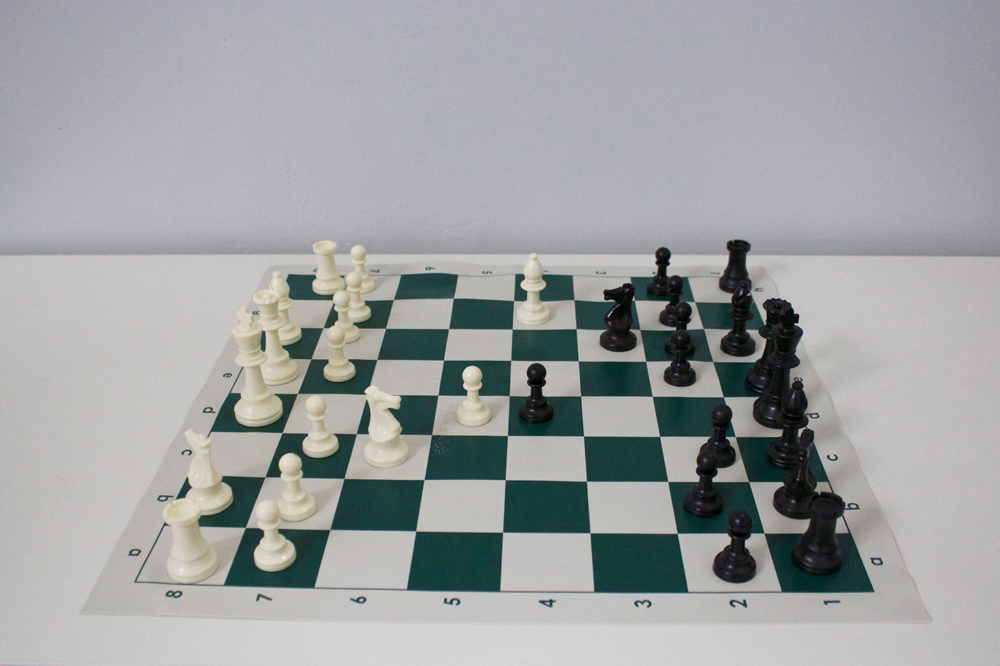Hello readers, Brian here! Today, we are going to be talking about the Ruy Lopez/Spanish Game opening. This is a fairly common opening played by grandmasters today, such as Magnus Carlsen, Vladimir Kramnik, Anish Giri, Veselin Topalov, Maxime Vachier-Lagrave, Fabiano Caruana, and many more. Below, I will be showing you some of the main variations of the opening, the history behind it, and some of my personal experiences using the Ruy Lopez/Spanish Game.
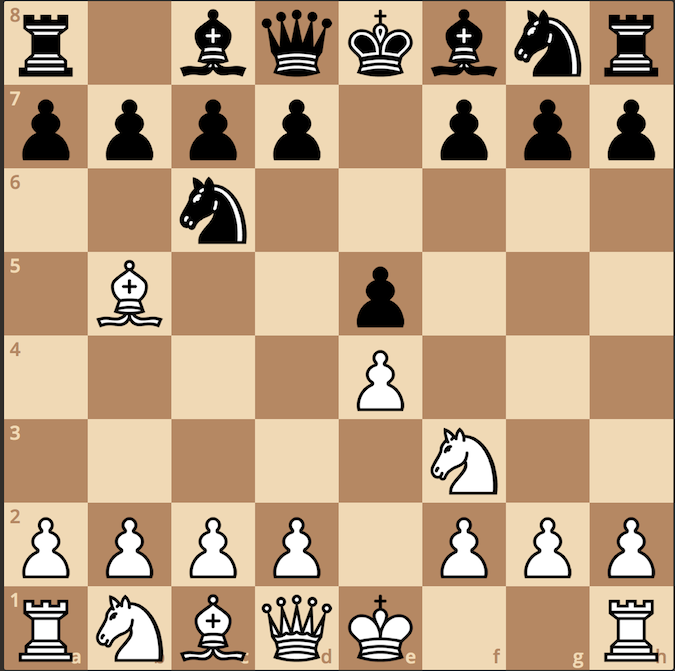
The game starts as follows: 1.e4 e5 2.nf3 nc6 3.bb5
- This opening was named after a Spanish priest, Ruy Lopez de Segura. The parent of this game is open because it usually results in the board having a lot of space. This means that there will be a lot of attacking opportunities, compared to a closed game where there would be more pieces maneuvering around.
- The point of this opening is that White’s bishop on b5 is attacking the knight on c6 which is defending the important pawn on e5.
- I personally like this opening because it is very simple, but can also be very challenging for opponents if they are not familiar. I generally play this because I find that open games are a lot easier to play and are more tactical, while closed games require more strategies. Strategies are more like a longer term plan while tactics are short sequences of moves.
- There is also simple trap the opening creates that goes like this: 3.a6 4.bxc6 dxc6 5.nxe5 Qd4. After following these moves, Black is completely at an advantage because of the fork with the Queen on the e5 knight, and the e4 pawn. Black is also ready to castle queenside with extra protection from the c6 pawn, and after a trade of queens follows, White can no longer castle to safety.
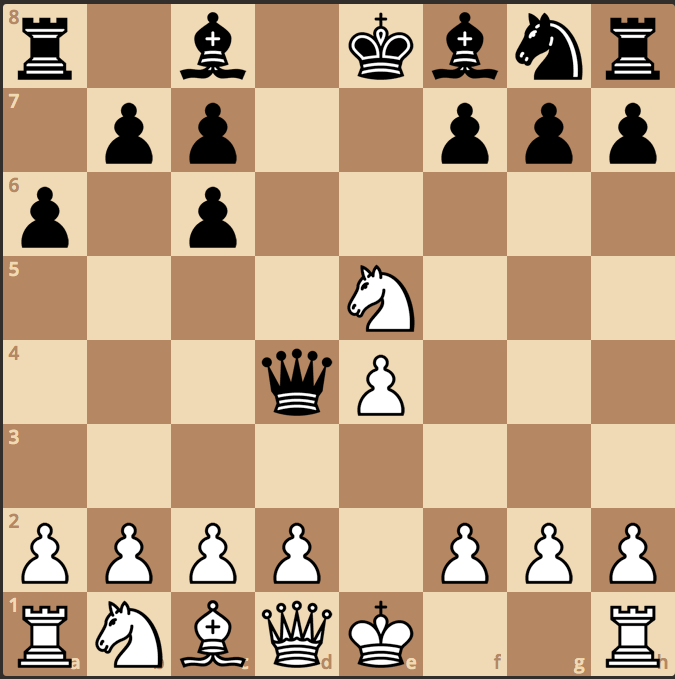
Now, I will show you some variations of the Ruy Lopez. There will be two variations I am going to show you, the Steinitz Defense and the Marshall Attack. These two are also commonly played between grandmasters.
The Steinitz Defense
- It is opening up a pin on his/her own king, but he/she could play a timely b5, which kicks the bishop out of the strong a4 square.
- This defense was played by some of the strongest chess players in the 19th and 20th century including Alexander Alekhine and Jose Raul Capablanca.
- My thoughts on this defense: I think the move d6 is a good one, but not the best, as it limits the mobility of the dark bishop.
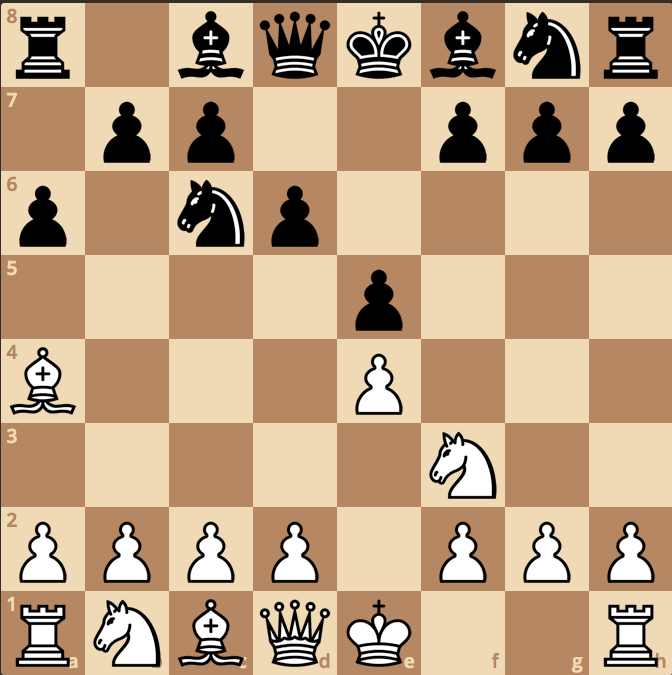
The Marshall Attack
- The gambit with the d5 pawn sets up for a Black attack, but white can play the counter Marshall Attack by playing the move d4.
- It is named after Frank Marshall after he played it against Jose Raul Capablanca, however, Capablanca fought through the complications and eventually won the game.
- My thoughts on this attack: I think it could be good if Black can execute successfully, but otherwise, it’s too risky because after the attack doesn’t succeed, the position will be scattered for Black, and White will have plenty of counter-attack opportunities.
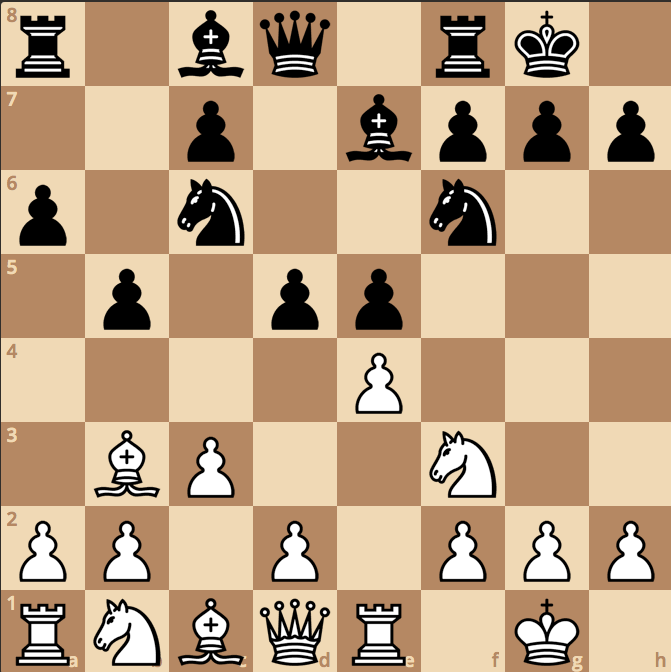
My Experience Using the Spanish/Ruy Lopez Game:
I have recently played in an online tournament and scored the highest possible score, a 10/10. That means I played 10 games and won all of them. Here, the tournament was custom made to set all the games to a starting position of the Ruy Lopez/Spanish Game. Here, I will show you two of them.
[iframe src=”http://www.chess.com/emboard?id=3057768″ width=”565″ height=”290″ style=”float:middle”]
I played as White for this game, and my opponent was Black. I picked this game because it was very unique. For much of the game, I felt he did not put any pressure on me, and therefore I was able to set up an easy mating net on the kingside. If you see on move 33, he simply resigned because he would not be able to avoid checkmate. He cannot do anything because my knight on f6 is blocking off the squares g8 and h7 for the black king. If he moves any piece anywhere, I will just capture the h6 pawn and that would be checkmate. So I am telling you from what I learned in this game is that in an open Ruy Lopez game, none of your moves should be passive, and that you should immediately set up an attack.
[iframe src=”http://www.chess.com/emboard?id=3057796″ width=”565″ height=”290″ style=”float:middle”]
I played as Black, and my opponent was White. This game started with the Ruy Lopez and went to no variation as I took it to a different line. On move 5, I opted to d3 because I wanted to protect my central pawn. Stockfish, one of the best chess engines in the world, elected 0-0 to be the most common move in that situation, but I thought differently. The tipping point was on move 23. I sacrificed one of my rooks to set up a mating attack. I took on h3 because if he took back, I would capture on h3 with my queen with check. That would force him to move his king to g1 and I would mate him with Qh2#. The thing I learned from this game is to not be easily tricked when your opponent sacrifices a piece: you should put yourself in his/her situation and ask yourself, “Why did he/she sacrifice that piece?”
That’s all for this post, stay tuned for my next post on The Sicilian Defense. ‘Till next time, goodbye.

